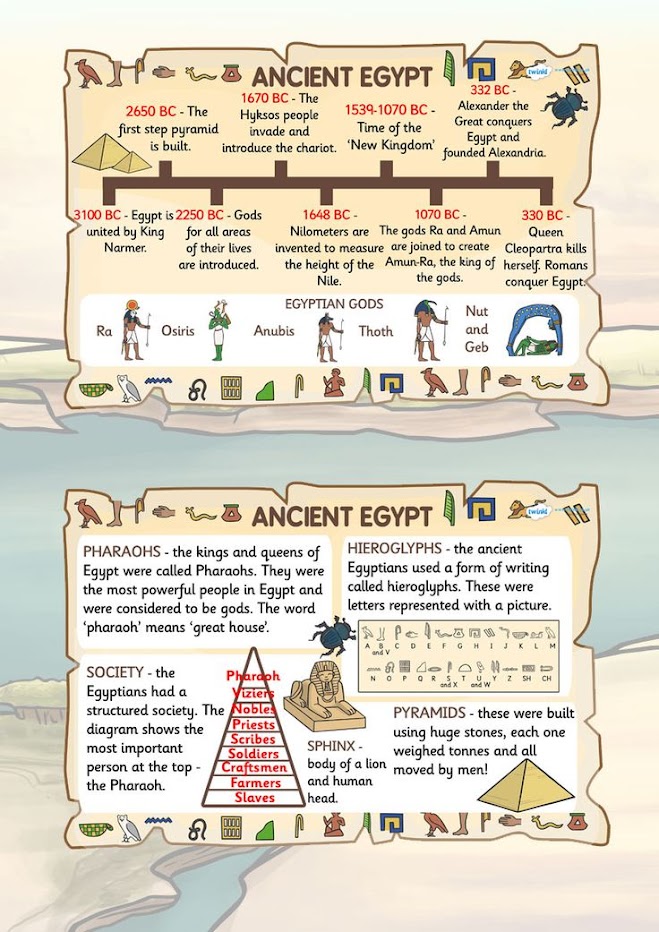Introduction to the Inca Empire:
The Inca Empire, also known as Tahuantinsuyo, flourished in the central Andes of South America between the 15th and 16th centuries. Its territory stretched from southern Colombia to northern Chile and Argentina, encompassing much of Ecuador, Peru, and Bolivia.

Political and Social Organization
The Inca Empire was characterized by its rigid hierarchical organization. The Inca, considered the son of the sun god, was the supreme leader and ruled with the help of a nobility and a complex administrative system. Society was divided into four suyos or regions, each with its own governor.
Economy and Agriculture
The Inca economy was based on agriculture, with maize, potatoes, and quinoa as the main crops. They practiced the technique of andenes to take advantage of the mountain slopes and developed a sophisticated irrigation system. In addition to agriculture, livestock, textiles, and ceramics were also important activities.
Religion and Cosmology
The Incas were polytheists and worshipped various deities, with Inti, the sun god, being the most important. Their worldview was based on duality, with the concept of "hanan pacha" (upper world) and "uku pacha" (lower world).
Timeline of the Inca Empire
- - 1200: The city of Cuzco is founded
- - 1438: Pachacútec Inca Yupanqui assumes power and begins the expansion of the empire.
- - 1463: The Chimú kingdom on the north coast of Peru is conquered.
- - 1470: The Chanca confederation in central Peru is conquered.
- - 1492: Christopher Columbus arrives in America.
- - 1525: Huayna Capac, the last great Inca, dies.
- - 1532: A civil war breaks out between Atahualpa and Huáscar for the throne of the empire.
- - 1532: Francisco Pizarro captures Atahualpa in Cajamarca and executes him shortly thereafter.
- - 1533: The Spanish enter Cuzco and take control of the empire.
- - 1536: Manco Inca Yupanqui leads a rebellion against the Spanish, but is defeated.
- - 1572: Túpac Amaru I, the last important Inca leader, dies, marking the end of the Inca Empire.
Legacy of the Inca Empire
Cultural and Scientific Contributions
- Architecture: Imposing constructions like Machu Picchu, Ollantaytambo, and Pisac.
- Textiles: Fine textiles made of vicuña and alpaca wool with intricate designs.
- Ceramics: A wide variety of vessels and ceremonial objects.
- Road System: Extensive network of roads connecting different parts of the empire.
- Agriculture: Development of techniques like terracing and irrigation for farming in the Andes.
- Quipu: A unique recording system using knotted strings.
Influence Today
The Inca Empire continues to fascinate people around the world with its rich history and culture. Their legacy can be seen in the art, music,